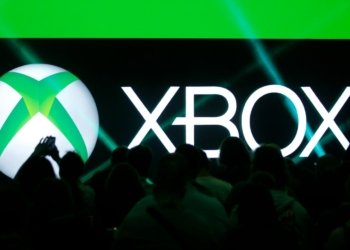Microsoft didn’t waste any time cleaning up its mess. Over the weekend, the company was caught using deceptive tactics to prevent users from uninstalling its Edge browser. Instead of offering real guidance, Microsoft’s so-called “helpful” pages were nothing more than disguised promotions for Edge. But just days after the controversy surfaced, those misleading pages have quietly disappeared.
Microsoft’s Bait-and-Switch Tactic Backfires
For users frustrated with Edge, searching for “how to uninstall Microsoft Edge” on Bing or Google seemed like a logical first step. And Microsoft was happy to oblige—at least on the surface. Clicking on one of its official support pages should have led to clear instructions on removing the browser.
Instead, users found themselves trapped in an Edge sales pitch. The page detailed Edge’s AI features, its integration with Windows, and why it was supposedly “the smarter choice.” Nowhere, however, did it actually explain how to uninstall it.
It didn’t take long for tech enthusiasts and media outlets to call out Microsoft for the misleading content. Windows Latest reported on the issue, leading to an immediate backlash online. Two days later, Microsoft scrubbed the deceptive pages.

The Disappearing Act: Damage Control or Just Business as Usual?
Microsoft’s swift response raises an important question: was this a genuine mistake or a calculated move that simply got caught?
- The fact that Microsoft removed the pages so quickly suggests it was aware of the backlash.
- The company has a history of aggressively pushing Edge, making it difficult to change default browsers in Windows.
- Similar tactics have been seen before—like the pop-ups warning users against switching to Chrome.
By removing the misleading pages, Microsoft may be hoping to sweep this controversy under the rug. But users aren’t likely to forget so easily.
Why Microsoft is So Desperate to Keep Edge Users
Microsoft’s obsession with Edge retention isn’t new. Since Edge’s relaunch with the Chromium engine, the company has been aggressively positioning it as the go-to browser for Windows users.
Here’s what’s at stake:
| Factor | Why It Matters to Microsoft |
|---|---|
| Ad Revenue | More Edge users mean more ad revenue through Bing. |
| Data Collection | Edge is tightly integrated with Microsoft services, collecting user data. |
| Enterprise Market | Microsoft promotes Edge as a business-friendly browser with added security. |
| AI Integration | Features like Copilot AI and Bing Chat are embedded in Edge, driving AI adoption. |
Microsoft knows that once users leave Edge, they likely won’t come back. So, every uninstallation is a lost opportunity.
Will Microsoft Change Its Approach? Probably Not
While Microsoft removed the misleading pages this time, history suggests the company won’t stop trying to lock users into its ecosystem.
- Windows 11 makes changing default browsers frustrating.
- Edge frequently pops up with warnings when users try to install Chrome or Firefox.
- Bing remains deeply integrated into Windows search, making it harder to use alternatives.
For now, Microsoft has backed off from its deceptive uninstall trick. But the battle for your browser choice is far from over.
































